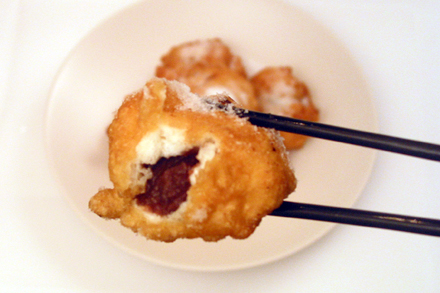Stir-fry Fortnight V – Dry Wok Stir-fry
I was living in Boston in the 1970’s when there was a sudden craze for dry wok stir-fry. I didn’t quite understand how the Boston public became such sudden converts of dry wok stir-fry. Possibly it was the result of a very aggressive marketing campaign by a certain Chinese restaurant in Brookline Village then known as Hunan Wok. Dry wok stir-fry was touted as a “healthy choice” just when people were becoming aware of the importance of eating right. Personally I think it is not just the technique but also the selection of fresh ingredients, and vigilant use of healthful oil and sauces that make stir-fry a wholesome cooking choice. In this conclusion of the stir-fry series let me show you why dry wok stir-fry should be part of your regular cooking repertoire.


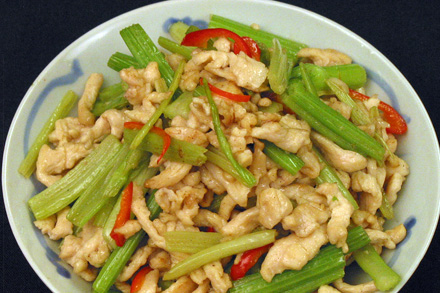
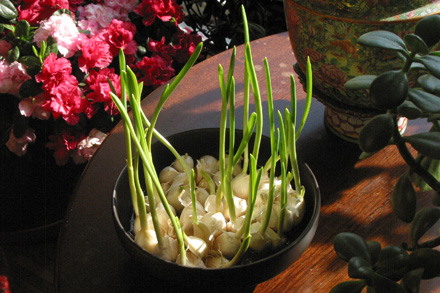
 I have a wooden bowl I use to hold potatoes, onions and garlic. It sits at the end of my kitchen counter and normally does a very good job of keeping the root vegetables dry and firm. Perhaps because of the warm weather of late some of the garlic bulbs started sending out green shoots. I decided to put the bulbs in a small shallow bowl with water, and placed it in front of a very sunny window in the living room. I am in fact very proud of how the shoots are beginning to grow into beautiful greens.
I have a wooden bowl I use to hold potatoes, onions and garlic. It sits at the end of my kitchen counter and normally does a very good job of keeping the root vegetables dry and firm. Perhaps because of the warm weather of late some of the garlic bulbs started sending out green shoots. I decided to put the bulbs in a small shallow bowl with water, and placed it in front of a very sunny window in the living room. I am in fact very proud of how the shoots are beginning to grow into beautiful greens.
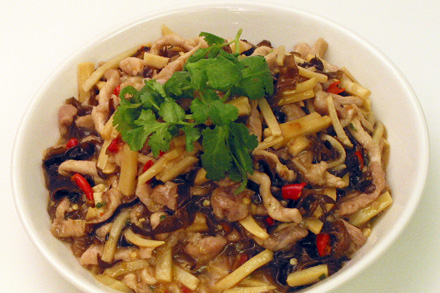
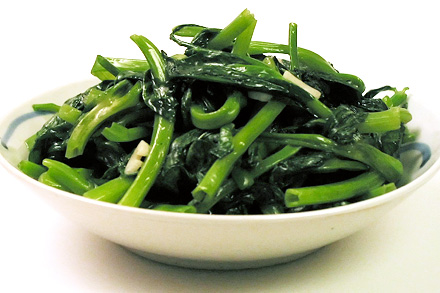
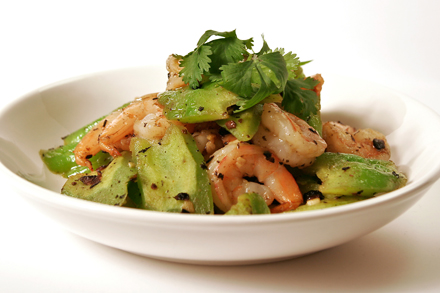
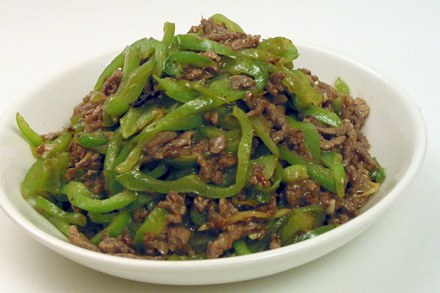
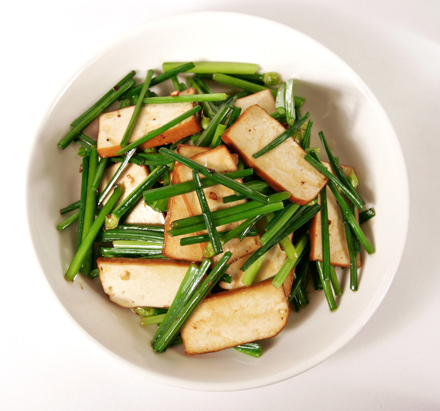

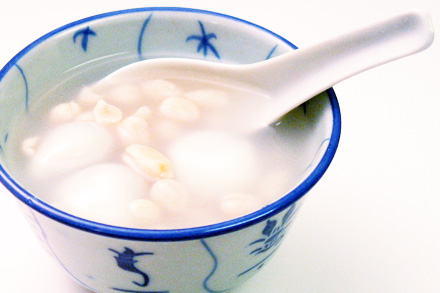
 We braved the subzero temperatures last Wednesday night to view the lunar eclipse. It was too cold to spend much time outside, but we managed to witness the beautiful red moon at its peak. This beautiful sight made me ponder the moon’s place in Chinese traditions and lore. The moon’s round shape is very appealing to the Chinese and variously symbolizes harmony, fulfillment and reunion. And the Yuanxiao (元宵節) festival, which marks the end of The Chinese New Year’s festivities and celebrates the first full moon of the new year, would be celebrated the very next day.
We braved the subzero temperatures last Wednesday night to view the lunar eclipse. It was too cold to spend much time outside, but we managed to witness the beautiful red moon at its peak. This beautiful sight made me ponder the moon’s place in Chinese traditions and lore. The moon’s round shape is very appealing to the Chinese and variously symbolizes harmony, fulfillment and reunion. And the Yuanxiao (元宵節) festival, which marks the end of The Chinese New Year’s festivities and celebrates the first full moon of the new year, would be celebrated the very next day.
